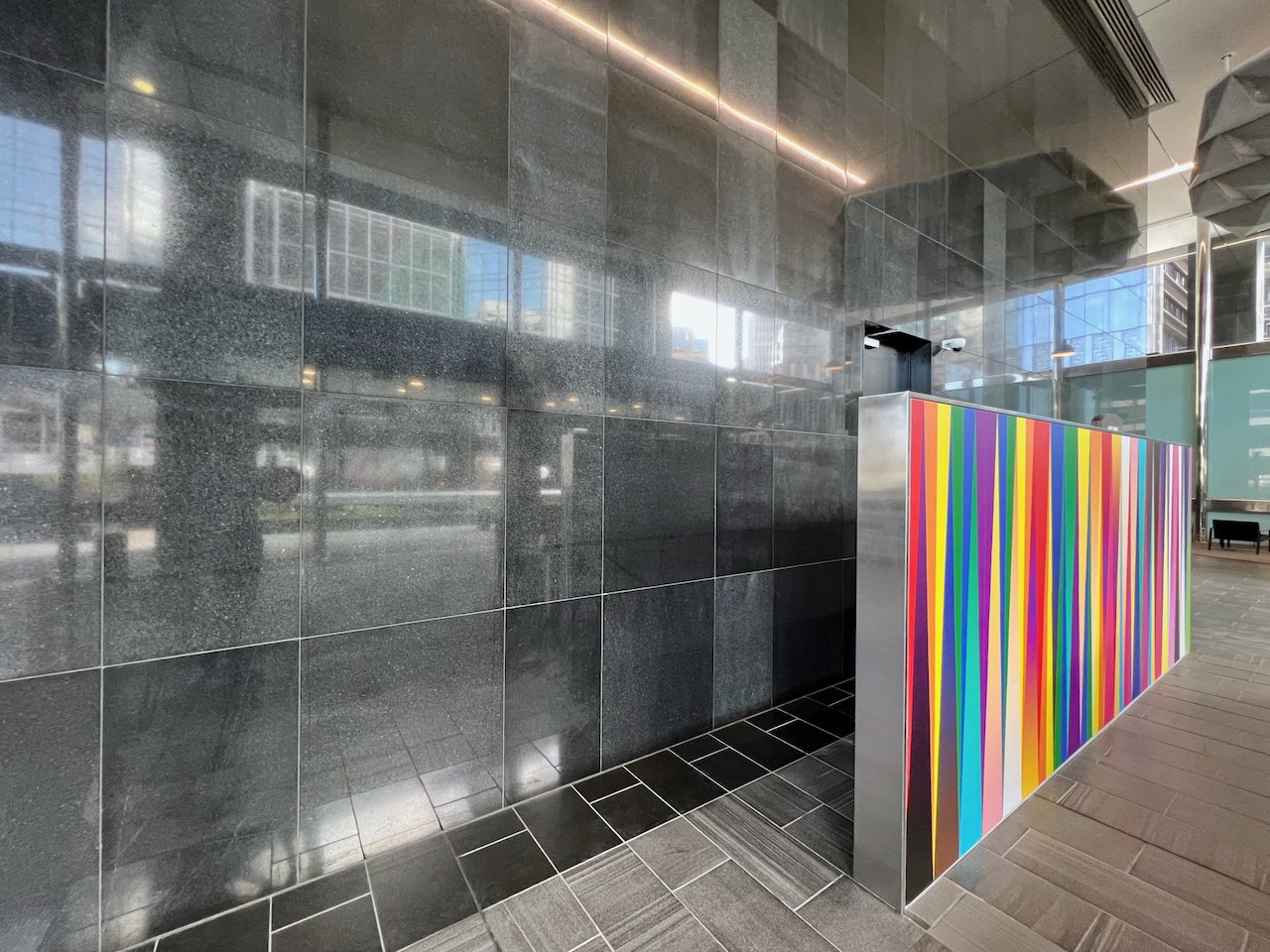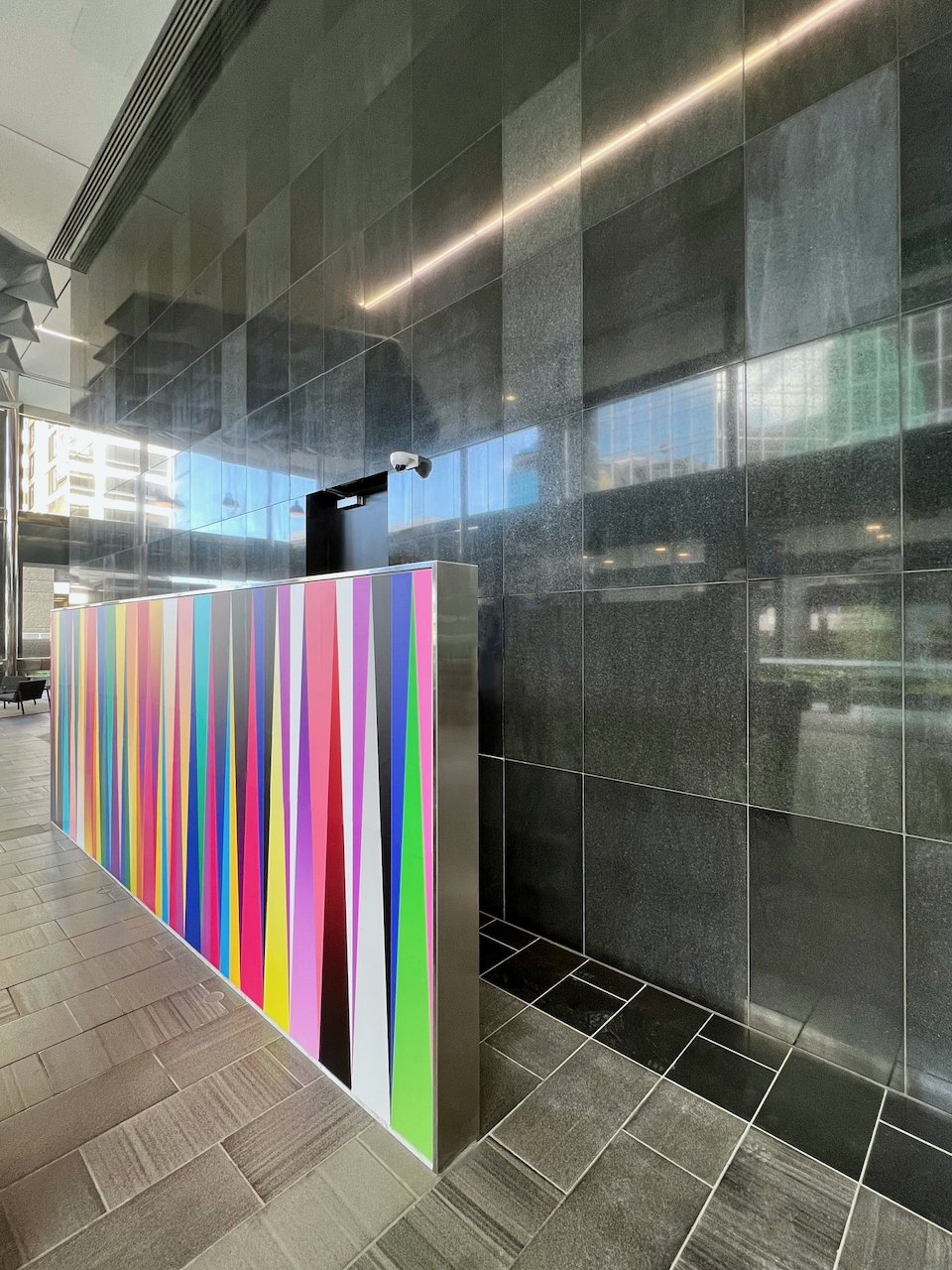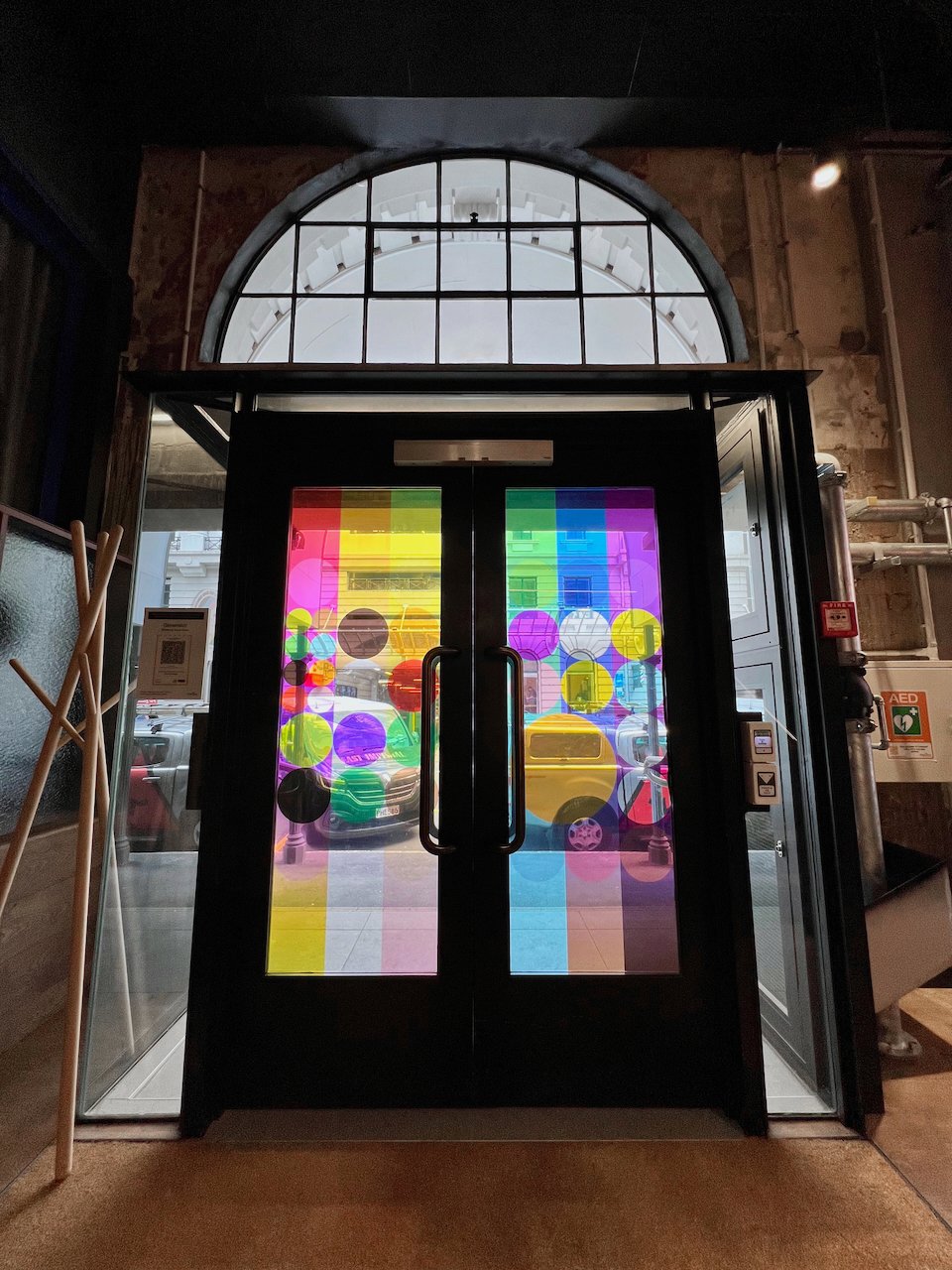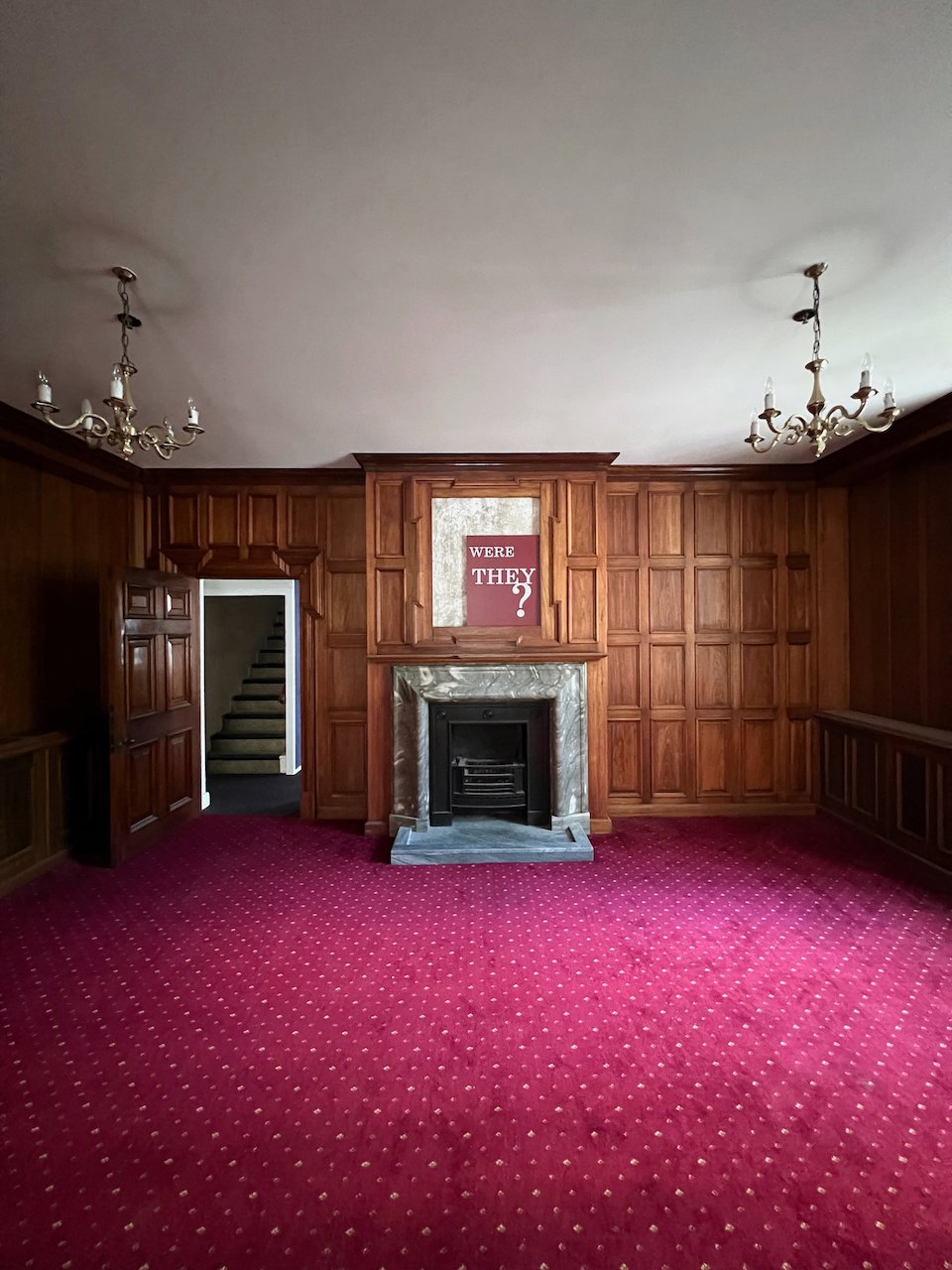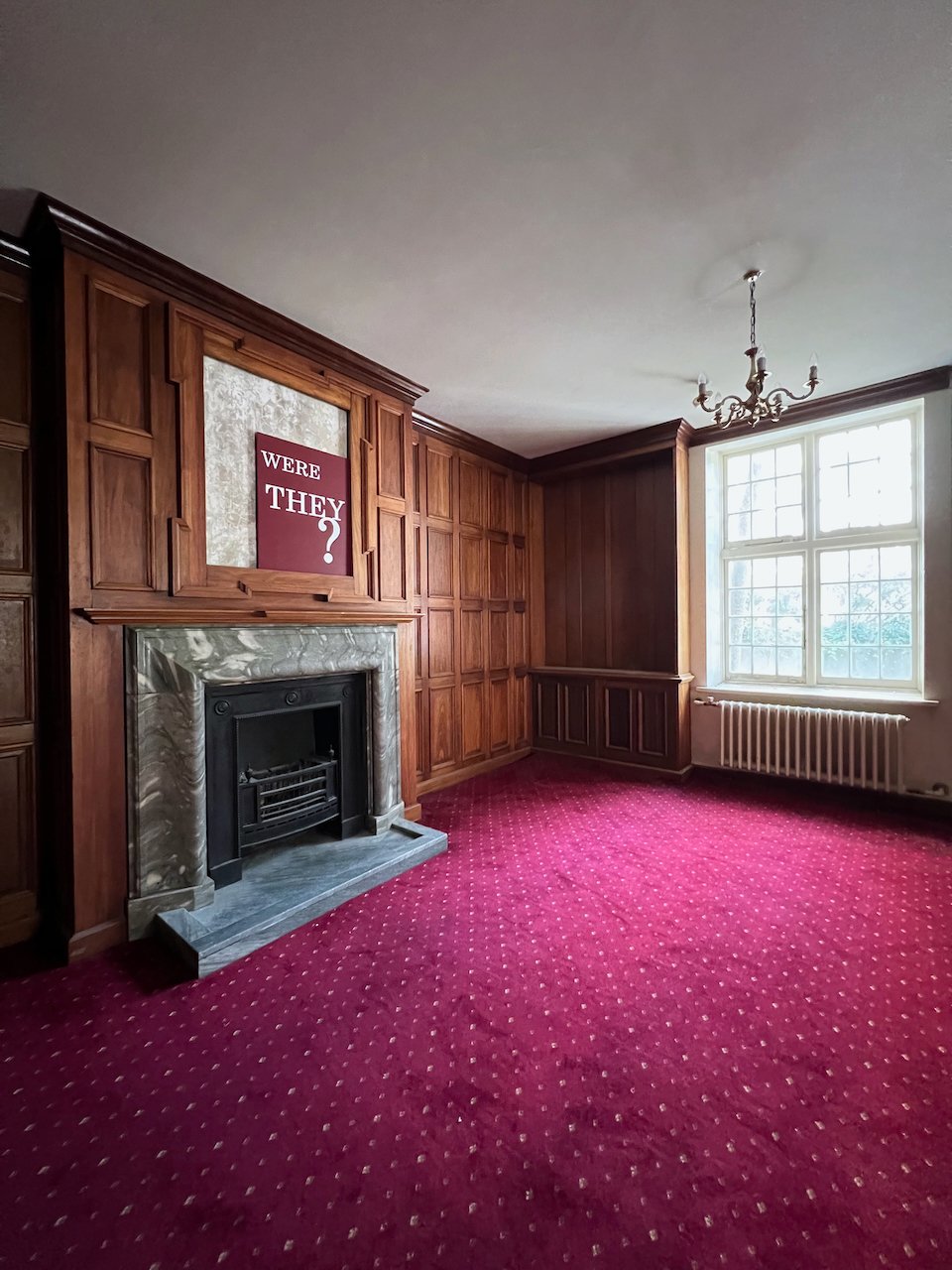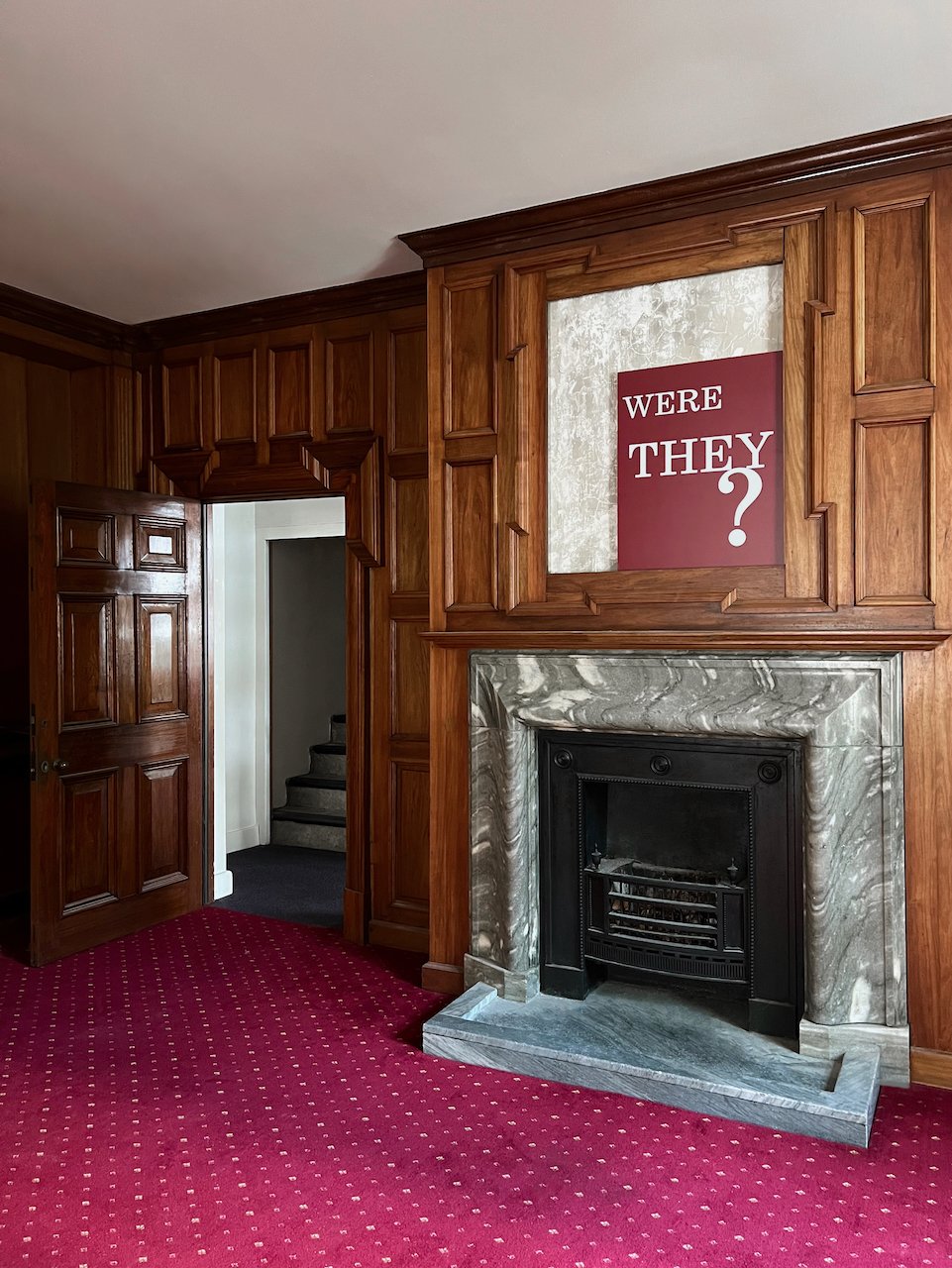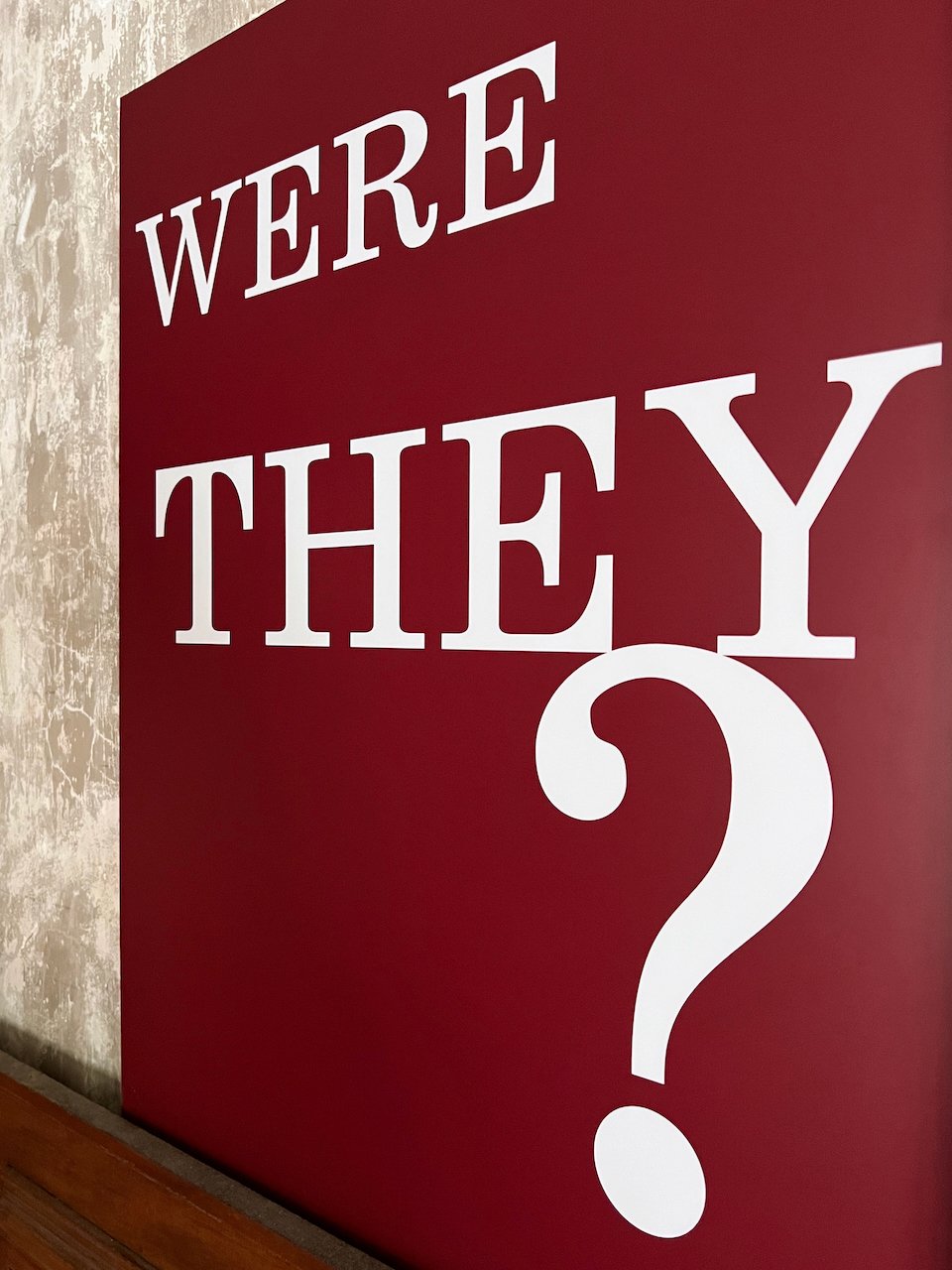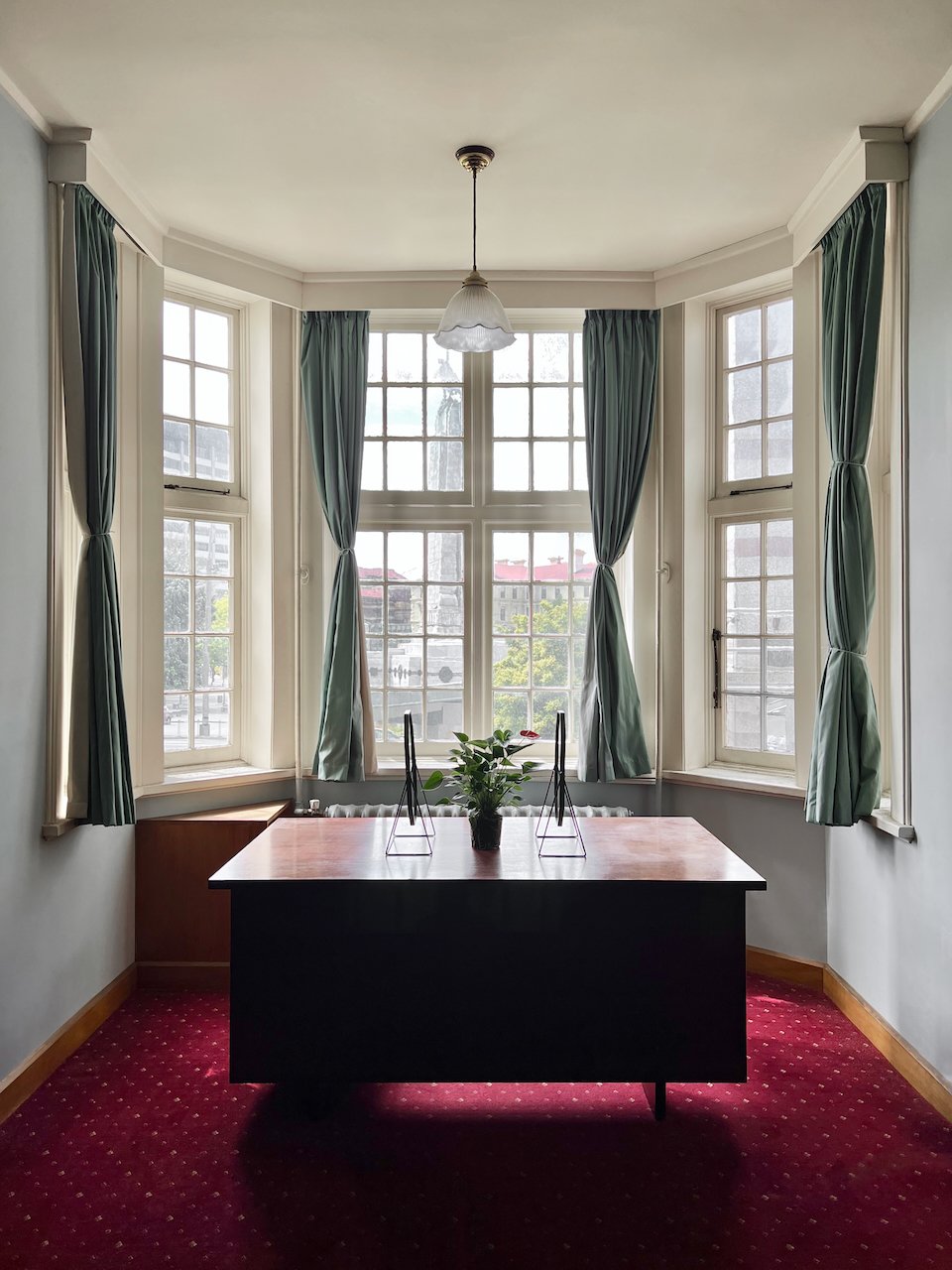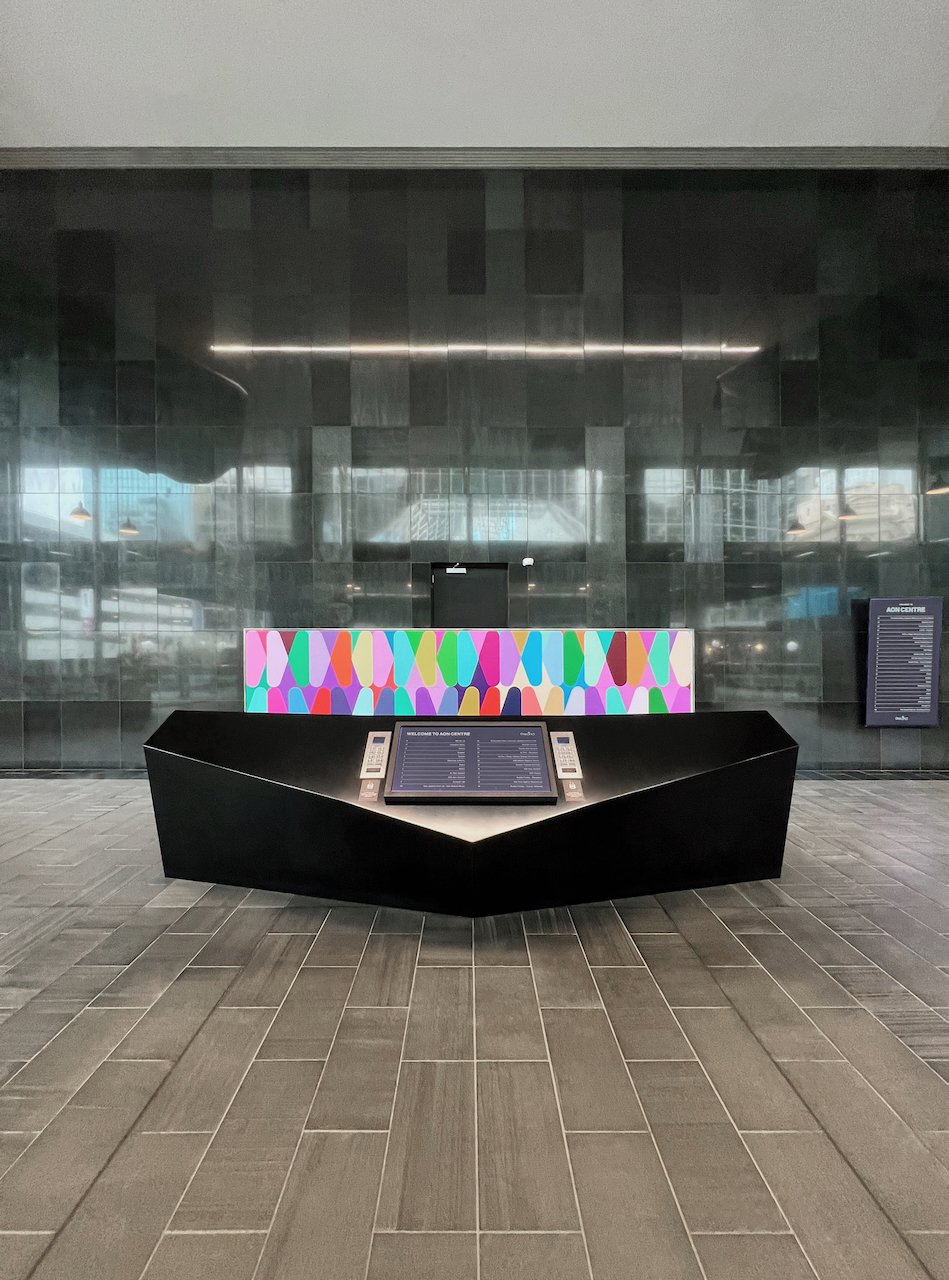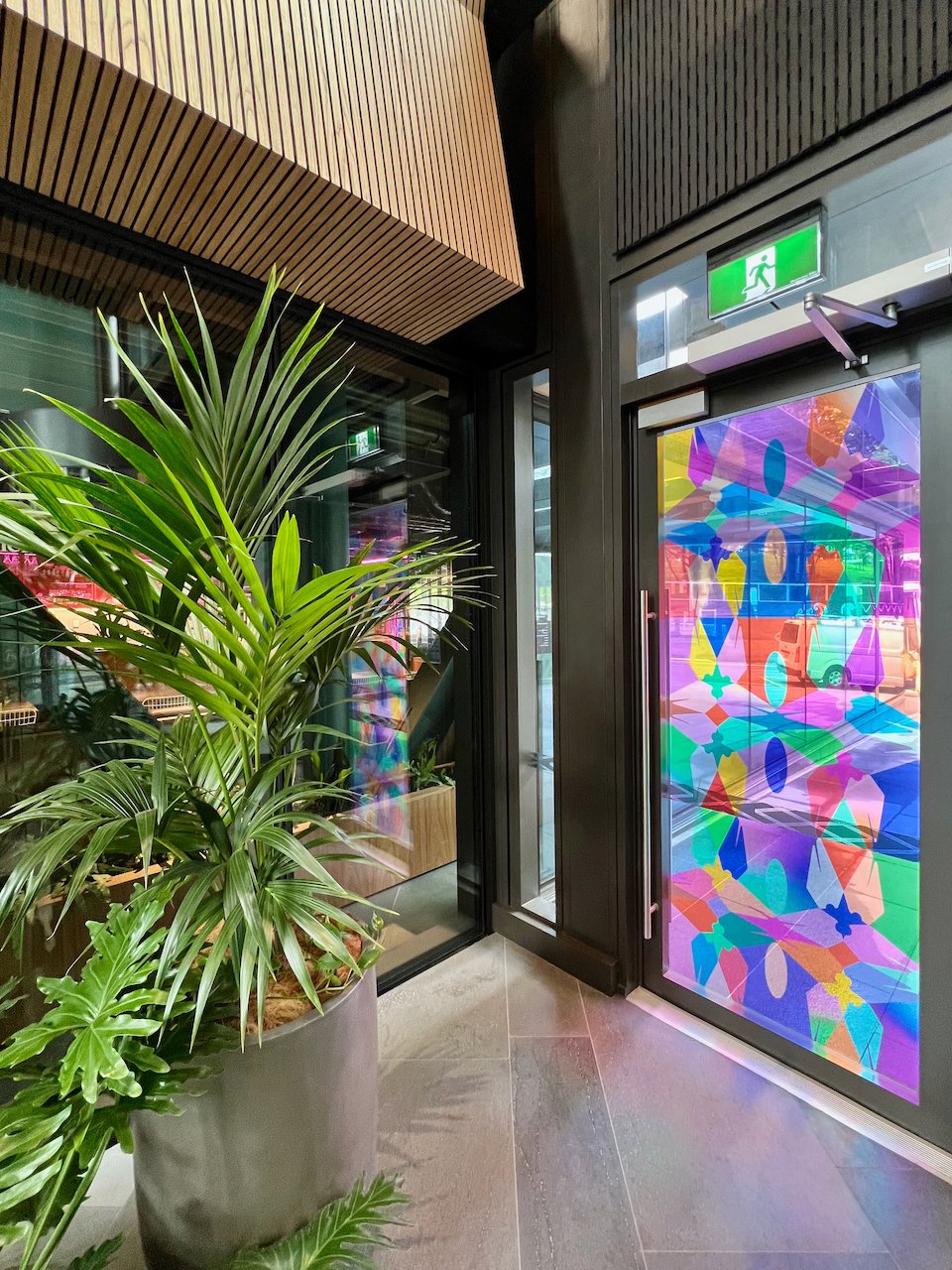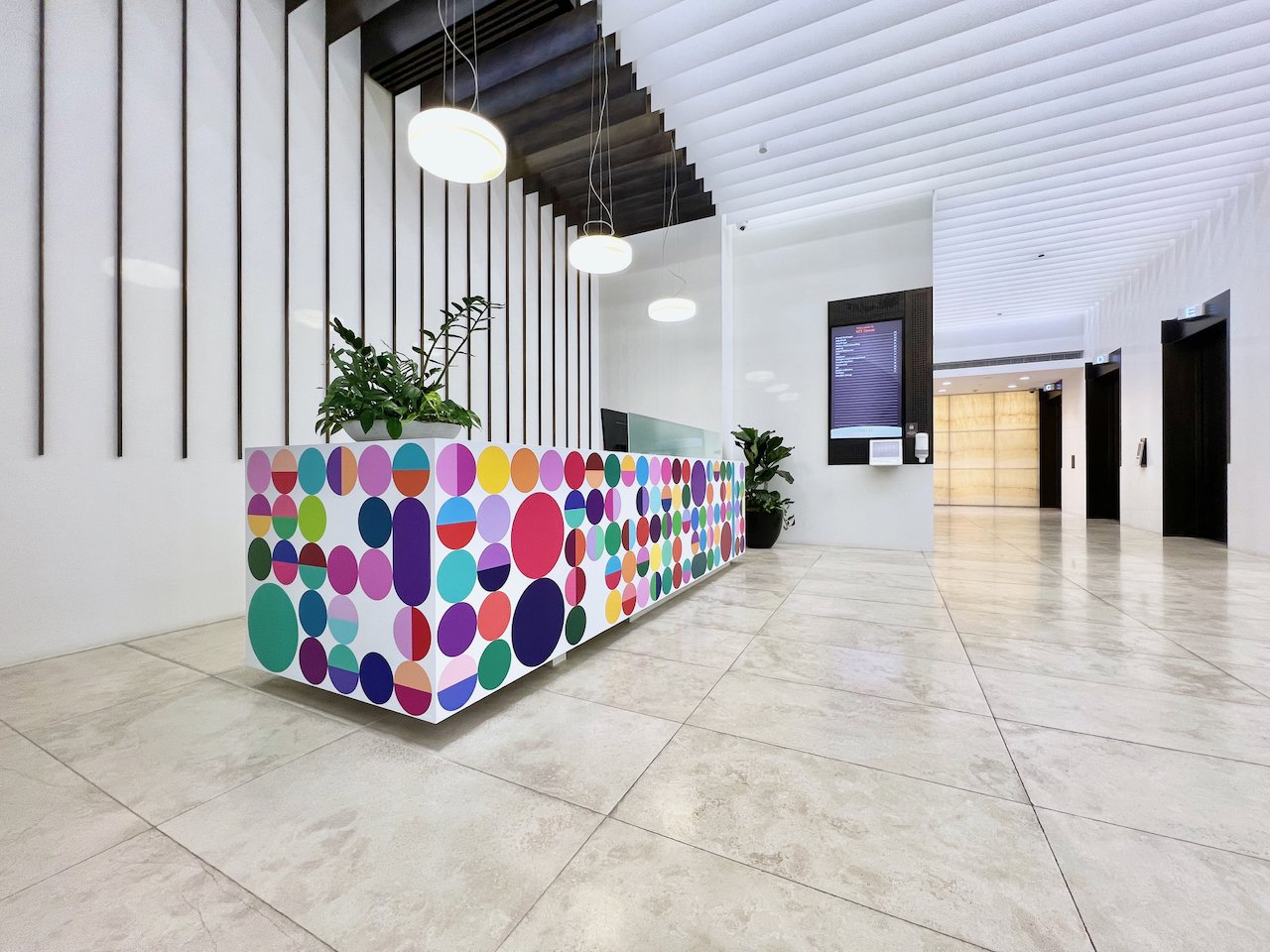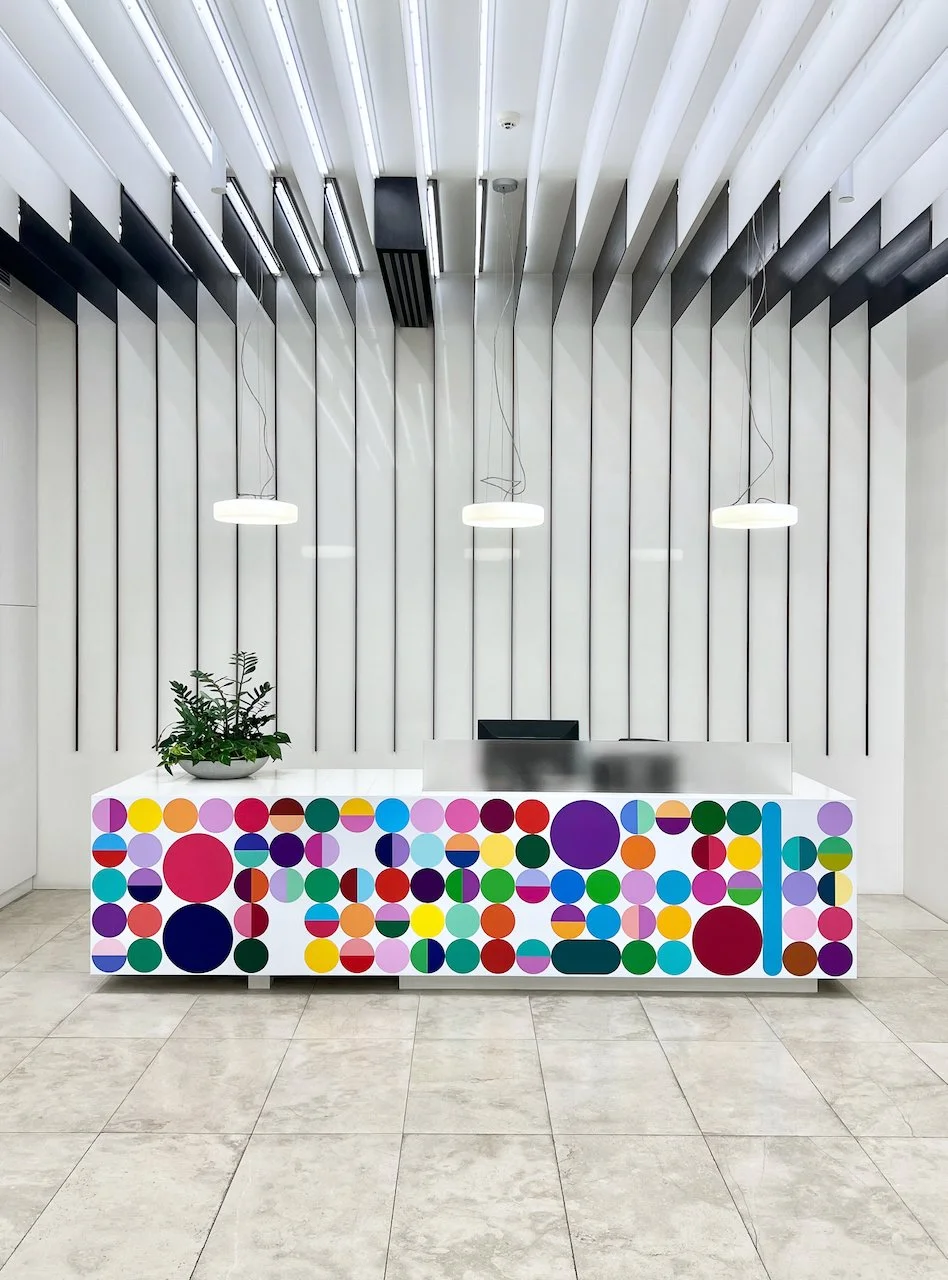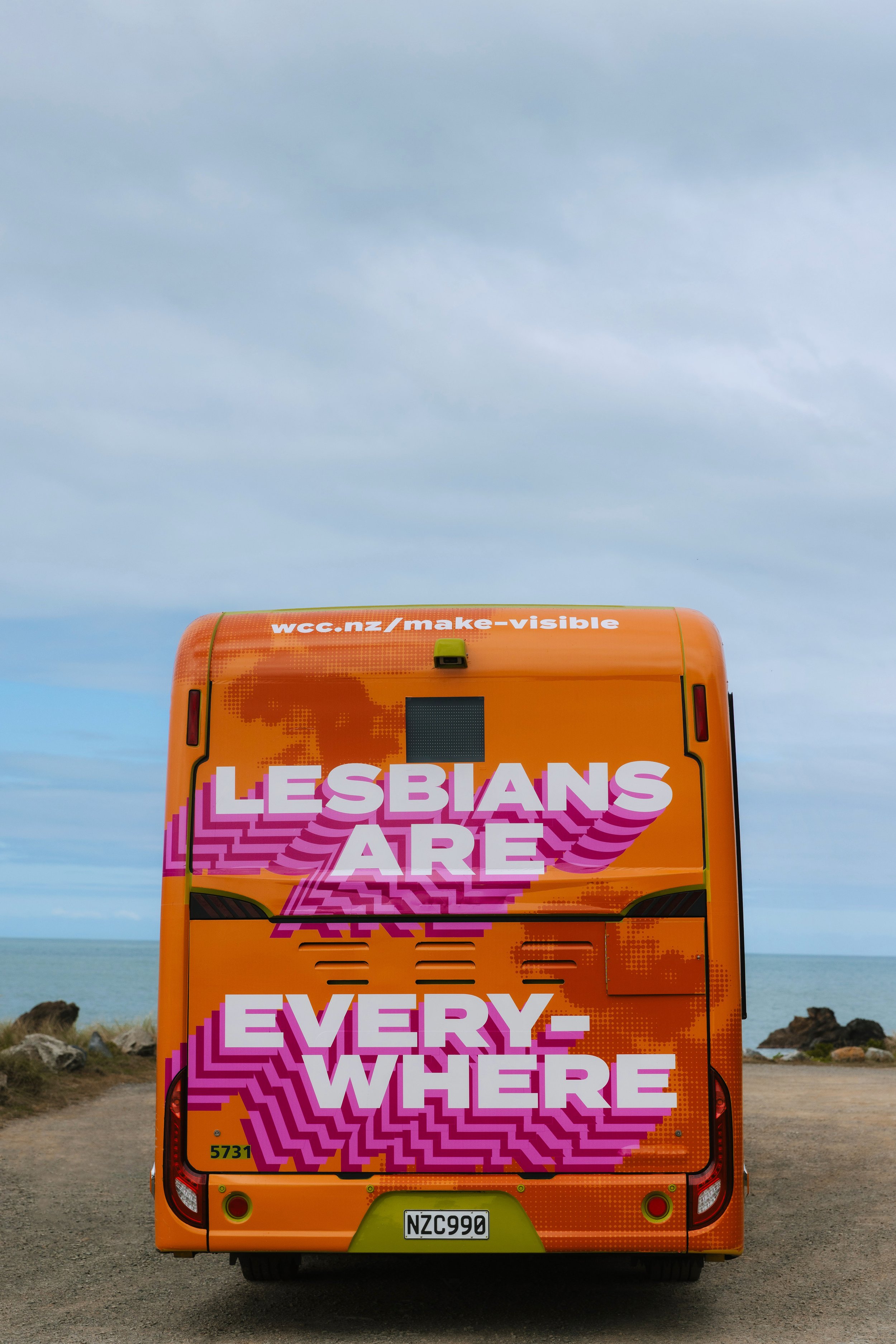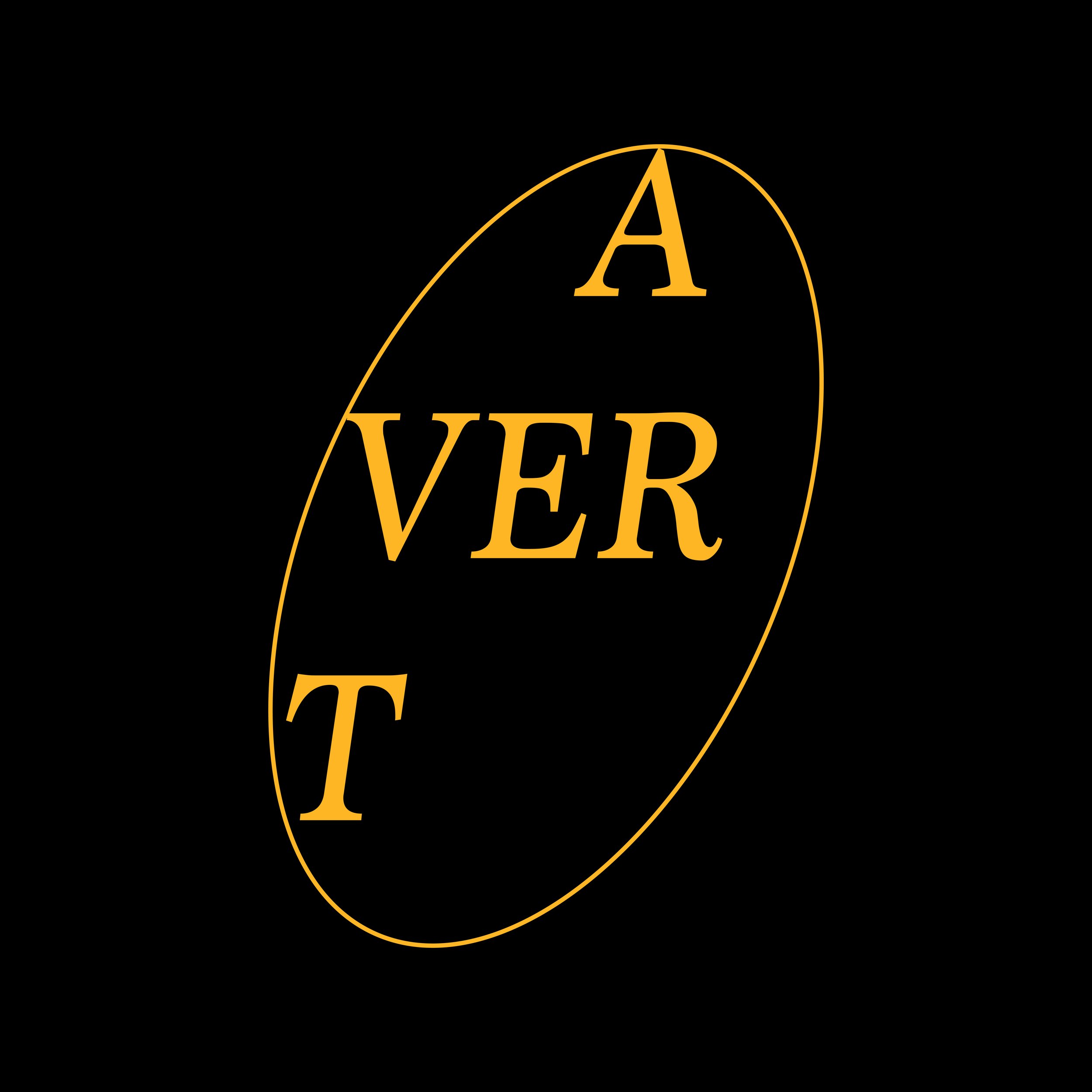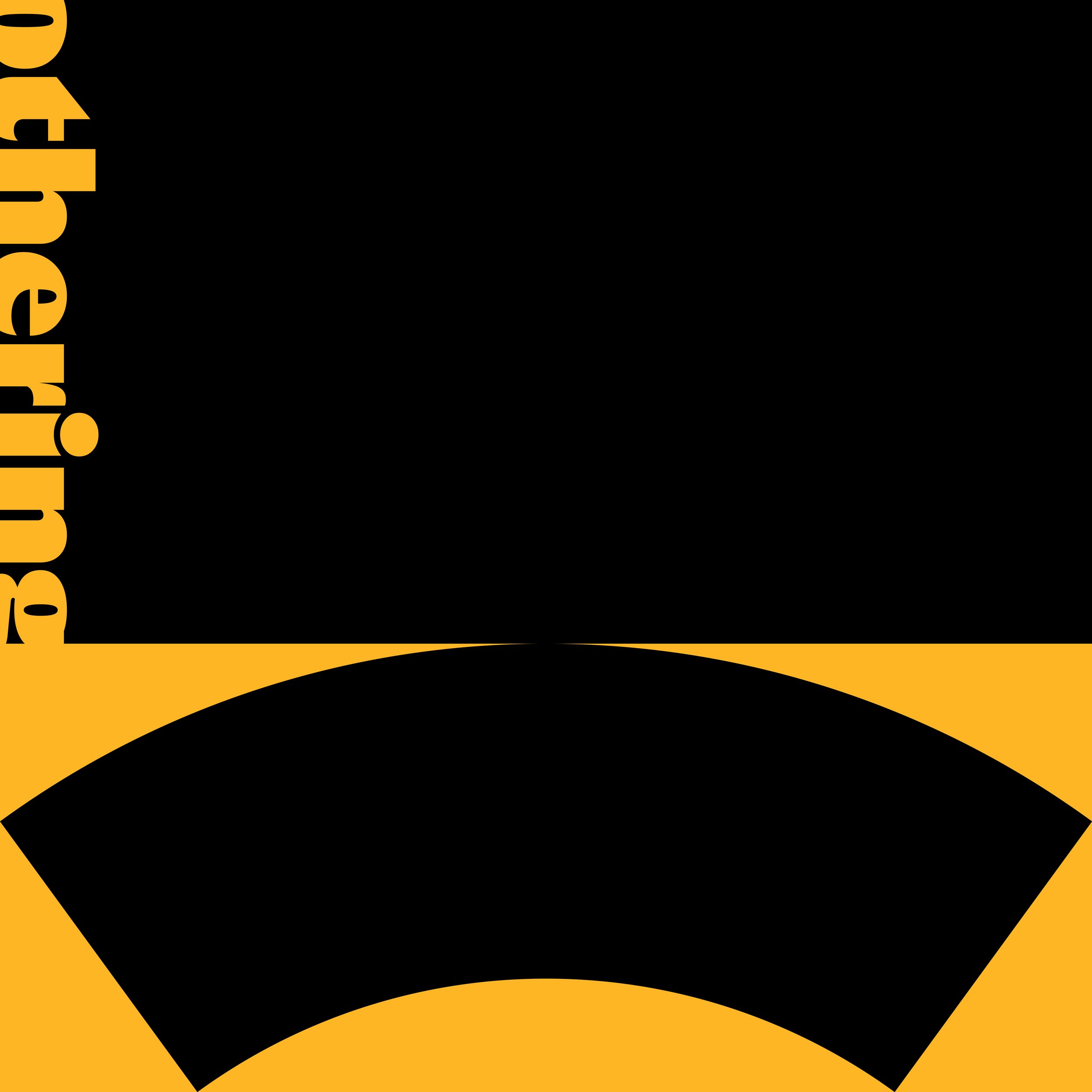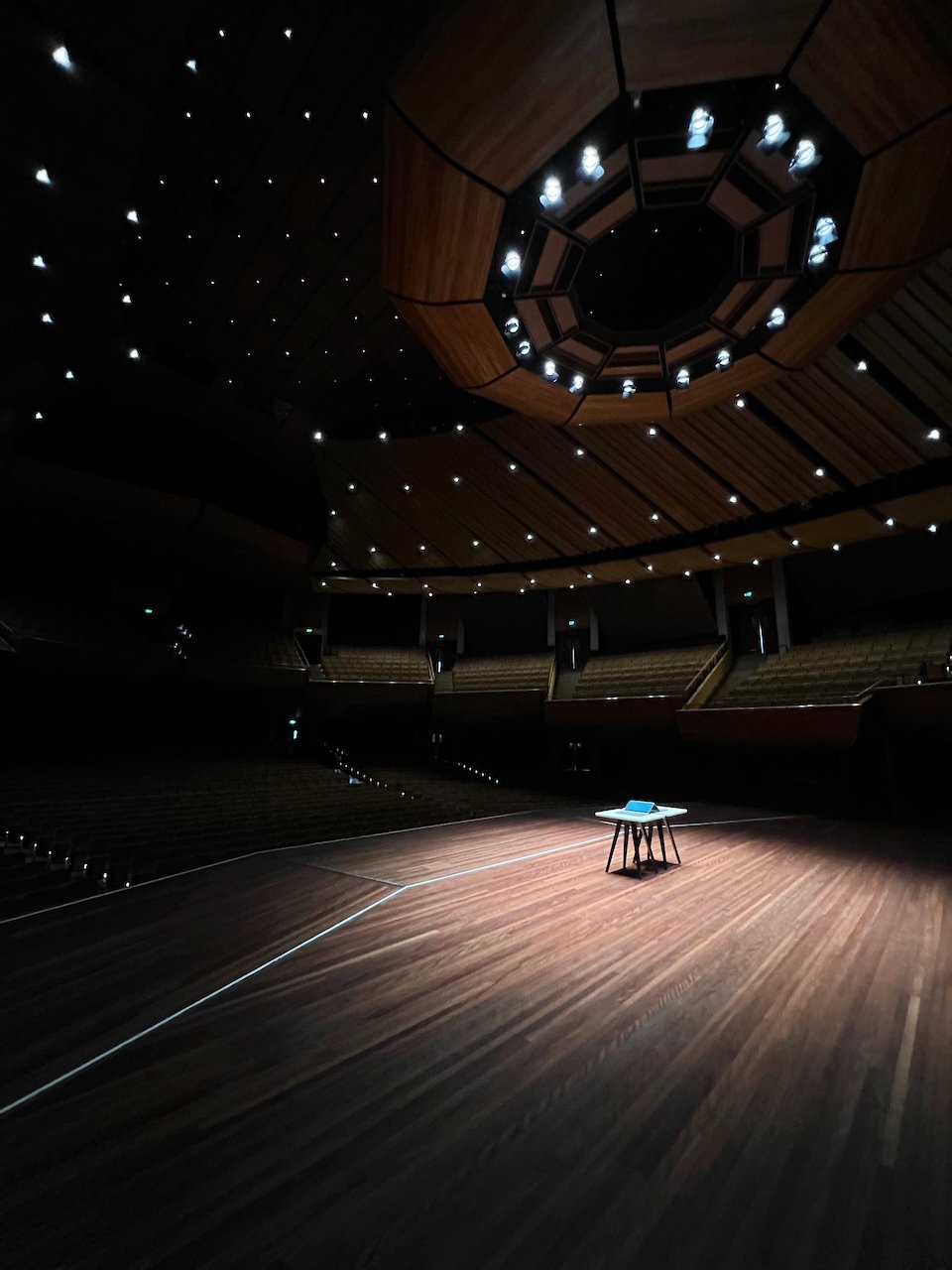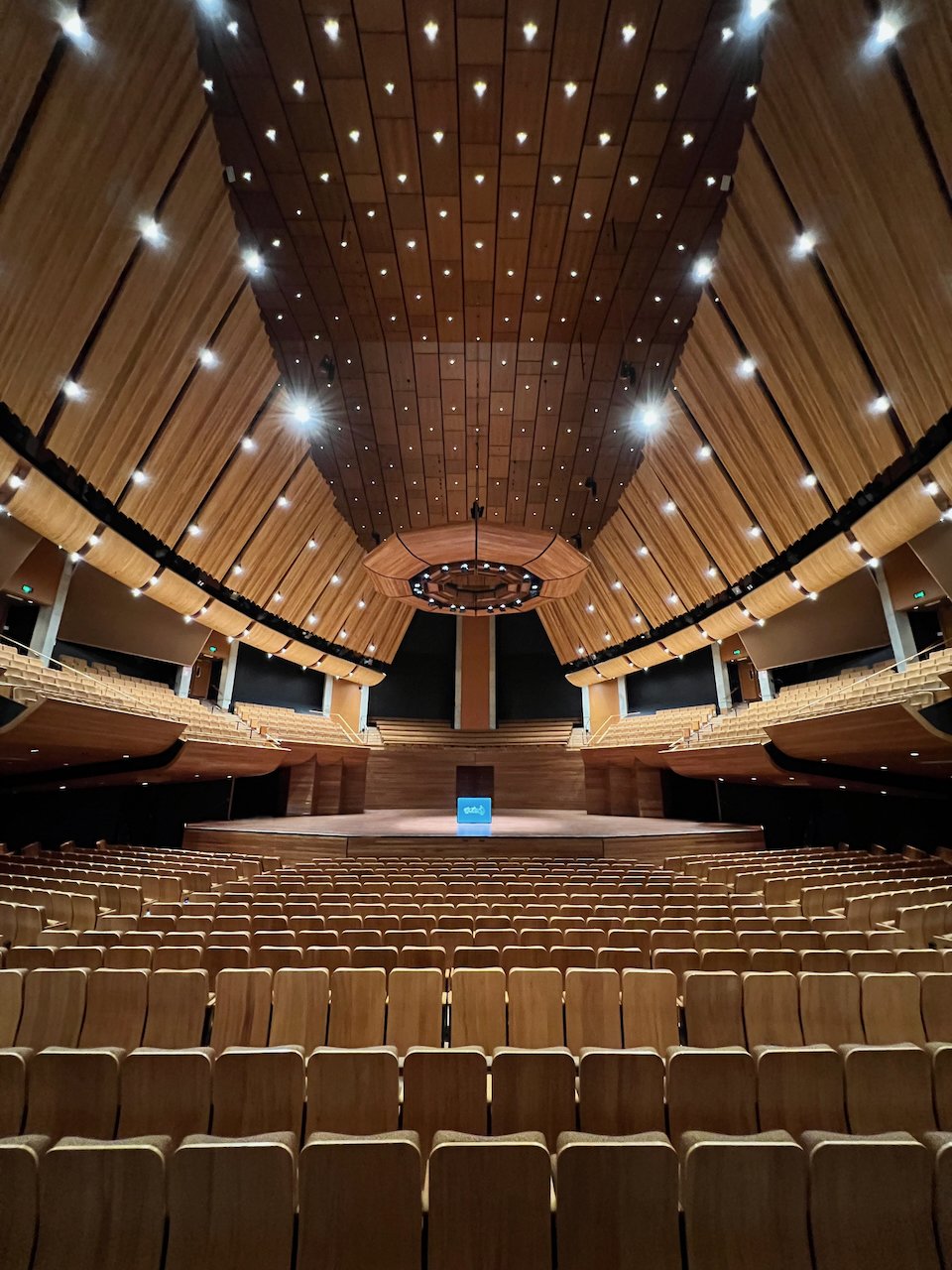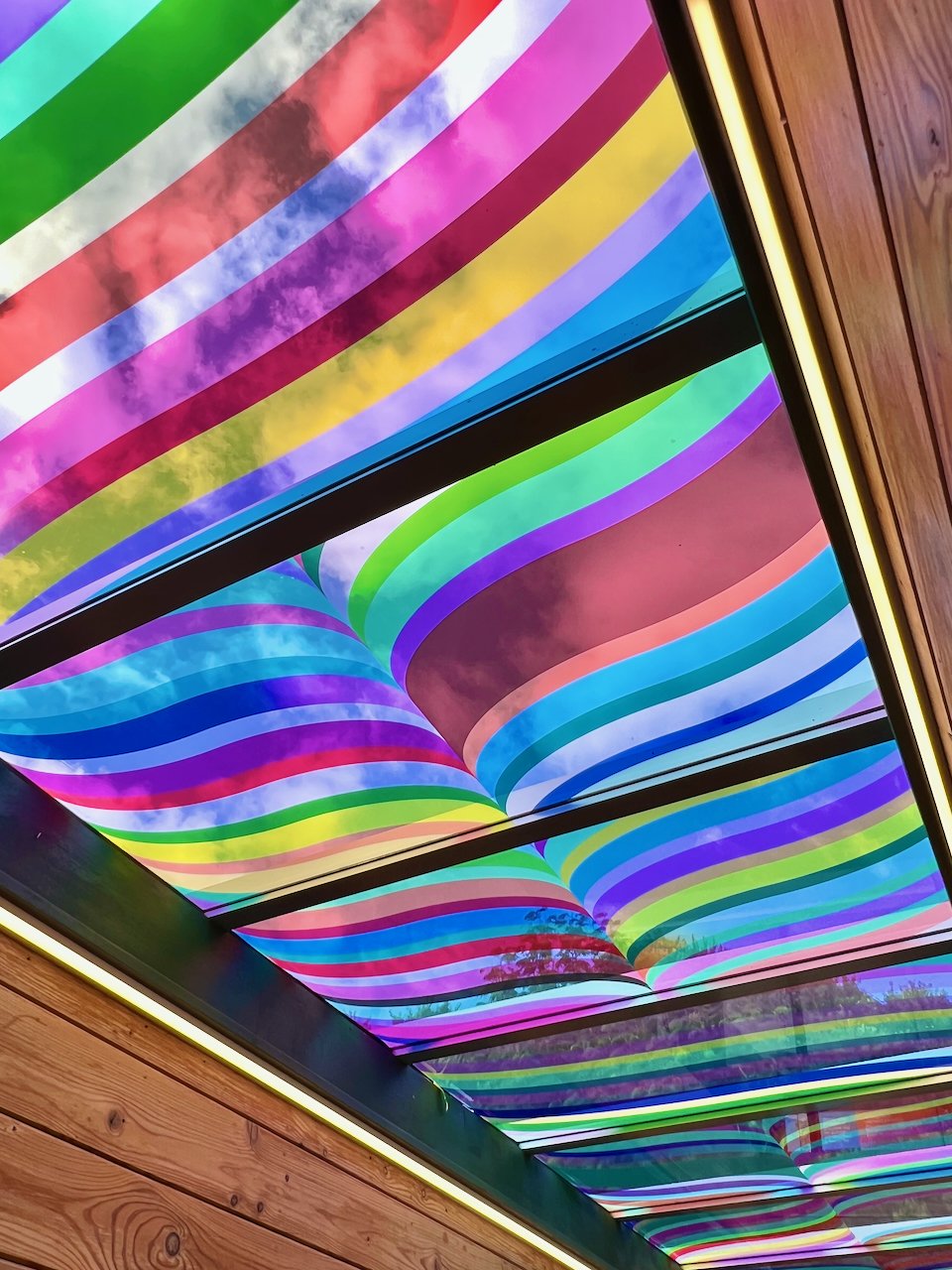make visible: Te Whanganui-a-Tara
Te Whanganui-a-Tara Wellington, New Zealand, ongoing.
Make Visible: Te Whanganui-a-Tara is the third chapter of the overarching Make Visible project developed by Shannon Novak. It aims to grow support for queer communities in Te Whanganui-a-Tara, New Zealand by making visible challenges and triumphs for these communities. The chapter manifests as work developed with local queer communities across multiple sites and is supported by Wellington City Council. Work to date includes:
The Blossoming, PwC Centre, Wellington, New Zealand.
Bridge Between Worlds II, Wellington, New Zealand.
Volumes, Turnbull House, Wellington, New Zealand.
Amplify II, Wellington, New Zealand.
Lesbians are Everywhere, Wellington, New Zealand.
Under the Spotlight, Michael Fowler Centre, Wellington, New Zealand.
Sister Cities, Embassy Theatre billboard, Wellington, New Zealand.
Beacon, Wellington Zoo, Wellington, New Zealand.
Photography: Shannon Novak and Wellington City Council.
BACKGROUND
Queer communities experience disproportionally higher rates of anxiety, suicide, and depression than the general population in New Zealand. Make Visible: Te Whanganui-a-Tara aims to help lower these rates for queer communities in Te Whanganui-a-Tara (and beyond) through increased visibility of and support for these communities. Some recent statistics include:
Queer people experience 3 times the rate the anxiety, depression, and psychological distress than the general population (1).
Queer people are 75% more likely to report being socially excluded (1).
71% of trans and non-binary people report high or very high levels of psychological distress compared to 8% of the general population (2).
57% of trans and non-binary people do not disclose their identities at work in fear of discrimination (2).
Trans and non-binary people are 4 times more likely to experience discrimination on the street or in a public place than the general population (2).
Queer youth are twice as likely to be bullied at school than non-queer youth (3).
Queer youth with a disability or chronic condition are at least 4 times as likely to experience depressive symptoms and have serious thoughts of suicide than the general population (4).
Rainbow rangatahi Māori experience higher rates of depressive symptoms and serious thoughts of suicide than rainbow pākehā young people (5).
Sources:
Health Promotion Agency NZ Rainbow Community Wellbeing Report, 2019.
Counting Ourselves, 2019.
PRISM: Human Rights Issues Relating to Sexual Orientation, Gender Identity and Expression, and Sex Characteristics (SOGIESC) In Aotearoa New Zealand, 2020.
Youth 2019 Rainbow Young People With Disabilities Brief, 2021.
Youth 2019 Rainbow Rangatahi Māori Brief, 2021.
WELLINGTON CITY COUNCIL STRATEGIES
Wellington City Council are the primary sponsor for Make Visible: Te Whanganui-a-Tara. The kaupapa in this project aligns to priorities and outcomes within two key Council strategies:
Tūpiki Ora Māori Strategy: ensures the voices and perspectives of our rangatahi, takatāpui, and whānau hauā/ tangata whai kaha are listened to, valued, and embedded in decision-making at all levels.
Aho Tini 2030 Arts, Culture, and Creativity Strategy: specifically Aho Tangata which involves creating connected, engaged, and inclusive communities through diverse arts and cultural expression.
1. THE BLOSSOMING
Shannon Novak and Shawn Wimalaratne, PricewaterhouseCoopers New Zealand offices, New Zealand, 2022.
This is a collaborative work on two floors led by Wimalaratne that acknowledges and celebrates queer communities and seeks to amplify queer BIPOC (Black, Indigenous, and People of Colour), trans, and intersex communities. The work takes cue from the lotus as a flower that can emerge with vibrant colours from murky depths, just as queer communities can emerge with great strength and beauty from a world that may at times hold them back. Wimalaratne states:
“To my own culture, the distinct and rich cultures that span South and East Asia, this flower represents ‘what is above water’. The lotus flower rises from the depths of swampy waters, emerging from the water with no stains. It is purity, even for those with a murky past”.
This work was commissioned by PricewaterhouseCoopers New Zealand.
1.1 WELLINGTON
Work sited at the PricewaterhouseCoopers New Zealand offices in Wellington.
1.2 AUCKLAND
Work sited at the PricewaterhouseCoopers New Zealand offices in Auckland.
1.3 christchurch
Work sited at the PricewaterhouseCoopers New Zealand offices in Christchurch.
2. BRIDGE BETWEEN WORLDS ii
Wellington, New Zealand, 2022.
This work builds on the project Bridge Between Worlds I launched earlier in 2022 in Auckland. 2022 marks 50 years since the start of the Gay Liberation movement in New Zealand in 1972, a movement led by lesbian and Māori rights activist Ngahuia Te Awekotuku. Bridge Between Worlds II is a multi-site project that acknowledges this important moment in New Zealand history whilst seeking to encourage positive connections between local communities in the present. The project was commissioned by Precinct Properties Ltd. and manifests as work developed by Novak with local queer communities across multiple sites.
2.1 WITH LOVE VI
Aon Centre, Wellington, New Zealand, 2022.
2.2 WITH LOVE VII
Generator (Bowen Street), Wellington, New Zealand, 2022.
2.3 WITH LOVE VIII
NTT Tower, Wellington, New Zealand, 2022.
3. volumes
Turnbull House, Wellington, New Zealand, 2022.
Turnbull House was built in 1916 as the residence for Alexander Horsburgh Turnbull and his book collection. Turnbull died in 1918 and bequeathed his collection of approximately 55,000 books to the public, a collection that now sits in the National Library of New Zealand. Turnbull’s sexual orientation has been the topic of many researchers, some suggesting he was gay, others suggesting he wasn’t gay. It is this ongoing debate that inspired this body of work.
Thanks to Turnbull House, a property cared for by Heritage New Zealand Pouhere Taonga, for supporting this work. At the time of this project (2022), Turnbull House was closed to the public in preparation for seismic strengthening. In consideration of the building’s earthquake-prone status and health and safety requirements, the access provided to Turnbull House was restricted and time-limited. Turnbull House is a Category 1 historic place on the New Zealand Heritage List/Rārangi Kōrero and part of the Rainbow List Project managed by Heritage New Zealand Pouhere Taonga.
3.1 WERE THEY?
Ground Floor Library, Turnbull House, Wellington, New Zealand, 2022.
This room has a blank wall where Turnbull’s painted portrait used to hang. This work saw the installation of a new portrait with the words WERE THEY?. This refers to the debate around Turnbull’s sexual orientation but extends to other historical figures currently under debate in terms of their relationship (if any) to queer communities.
The red background matches the red background used on the cover of the first book in Turnbull’s collection, The King Country; Or, Explorations in New Zealand by J. H. Kerry-Nicholls. The font also comes from this book.
3.2 Physique Pictorial
Ground Floor Library, Turnbull House, Wellington, New Zealand, 2022.
The 10th of March 1965 marked the first time the Indecent Publications Tribunal had ruled any publication as indecent on the grounds of “homosexuality”. Five publications were intercepted by customs enroute to a Wellington bookshop, four of which were classified by the tribunal as indecent including:
Physique Pictorial, February 1963, Volume 13, No. 3
Modern Adonis, No. 25
Male Classics, No. 30
Male Classics Annual, 1964
The tribunal identified these publications as “designed to appeal to or encourage homosexuality, which in New Zealand is a criminal offence”. This work involved the digital restoration and editing of each publication cover where available. Text elements were removed (e.g. titles) and a fade to black applied in reference to queer censorship. One cover could not be located at the time of this project so a black page takes its place.
The status for each publication at the time of this project remained “indecent” within the meaning of the Indecent Publications Act 1963. As part of this work an application to have this classification decision reconsidered was submitted to the Classification Office in New Zealand. Updates will be mentioned here.
On the opposite side of the room, a framed print hangs of Bouquet of Sunflowers (1881) by Claude Monet. Sunflowers are known for heliotropism where the flowers turn to track the movement of the sun. It is this act of looking towards the light that symbolises the work being done to declassify select publications and ultimately prevent censorship of queer communities.
3.3 IN THE WAKE OF FREEDOM
Ground Floor Study, Turnbull House, Wellington, New Zealand, 2022.
On the 11th of September 1986 there was an arson attack on the Lesbian and Gay Rights Resource Centre (LGRRC) in Wellington. This took place the month after homosexual acts were legalised in New Zealand and resulted in the damage and loss of LGBTQI+ heritage.
This work reproduces a photo taken by David Hindley. The photo shows LGRRC Administrator Phil Parkinson onsite at LGRRC during the aftermath of the fire. The Beehive building can be seen through the windows in the room behind the photo. This building is the Executive Wing of New Zealand parliament buildings in Wellington. The Prime Minister and Cabinet Ministers have offices here and it’s where the Cabinet meets.
3.4 IN PERPETUITY
Ground Floor Dining Room, Turnbull House, Wellington, New Zealand, 2022.
The work explores the censorship of queer communities past, present, and future. Two mirrors face each other creating an infinity mirror effect. Zantedeschia (Calla Lily) is placed between the mirrors. Zantedeschia represents queer bodies, the plant noted to resemble male and female genitalia simultaneously. The repeated reflections represent the seemingly infinite censorship of these bodies by external forces.
The energy in each new reflection is partly absorbed into the mirror, therefore the reflections appear dimmer as they move inwards. This echoes the dimming light or energy in queer bodies as they are subjected to repeated censorship.
3.5 TO BATHE
First Floor Main Bathroom, Turnbull House, Wellington, New Zealand, 2022.
Four Zantedeschia (Calla Lily) form a line down the centre of Alexander Turnbull’s private bathroom. Four towel rails are installed, two on each wall. Zantedeschia represents queer bodies, the plant noted to resemble male and female genitalia simultaneously.
This work creates a space of healing in Turnbull House for queer communities. Just as the plants are removed from their pots, bodies are taken from heteronormative forces and given the freedom to grow organically. They sit bathing in the light of progress with no intention of losing this light once they move on from this space, just as empty towel rails offer no way to dry off nourishing water.
3.6 THE GLORY
First Floor Guest Bathroom, Turnbull House, Wellington, New Zealand, 2022.
LED lights are installed inside an existing hole created for an asbestos survey in a bathroom wall. This hole doesn’t go all the way through, rather, hits a wall half way to create an enclosed space. The work takes cues from a role of glory holes in the past as a way to avoid identification and arrest during times homosexuality was illegal. To counter this, some holes were physically blocked and weaponised to entrap people. It exemplifies the ongoing tension between freedom and regulation for queer people.
Pink light offers hope. It illuminates what otherwise may be dark and inactive. It symbolises unbreakable resilience in working to take down walls and create pathways to liberation.
3.7 POLE STARS
Queer communities in Wellington and Shannon Novak, First Floor Stairway, Turnbull House, Wellington, New Zealand, 2022.
This work invited local queer people to share a text that was significant to them in supporting their journey as queer people in Wellington.
3.8 IN ARMS
Second Floor Library, Turnbull House, Wellington, New Zealand, 2022.
Turnbull House was deemed earthquake prone and at the time of this project (2022) was undergoing strengthening. This helps ensure the preservation of the building and life in the event of a serious earthquake. This work links the strengthening of Turnbull House with the strengthening of local (Wellington) queer communities through two local icons; Carmen Rupe and Chrissy Witoko.
Temporary shear walls and tie rods were installed inside Turnbull House as part of the strengthening plan. The names Carmen and Chrissy are installed on a tie rod designed to help the building withstand seismic activity. Like tie rods, they tied elements (queer people) together to prevent them from falling apart during times of disaster.
3.9 SAFELIGHT
Third Floor Library, Turnbull House, Wellington, New Zealand, 2022.
LED lights are installed in what is now an attic, accessed from a hatch at the top of a stack stair. From below it appears as a glowing portal. Inside, the entire space is lit red. This work references Carmen’s Coffee Lounge operated by Wellington queer icon Carmen Rupe, a safe place for queer communities pre legalisation of homosexuality in New Zealand. Like a photographic darkroom with a safelight protecting photographic material from exposure, this space provided safety for queer communities from the outside world.
The attic structure is a large triangular prism. White light disperses into a colour spectrum when it passes through a triangular prism which speaks to the opening of minds Carmen’s Coffee Lounge nurtured.
4. AMPLIFY ii
Wellington, New Zealand, 2023.
Amplify II extends the work developed in Amplify I (Auckland) to Wellington, acknowledging, celebrating, and supporting queer communities in New Zealand. The project was commissioned by Precinct Properties Ltd. and manifests as work developed by Novak with local queer communities across multiple sites.
4.1 BRIGHTLY CONNECTED vII
Aon Centre, Wellington, New Zealand, 2023.
4.2 BRIGHTLY CONNECTED vIII
Generator (Bowen Street), Wellington, New Zealand, 2023.
4.3 BRIGHTLY CONNECTED IX
NTT Tower, Wellington, New Zealand, 2023.
4.4 BRIGHTLY CONNECTEd X
Generator (Waring Taylor Street), Wellington, New Zealand, 2023.
5. lesbians are everywhere
Neneh Browne and Shannon Novak, Wellington, New Zealand, 2023.
In 1980, the Wellington City Council Transport Committee refused to allow The Lesbian Centre to advertise the group’s contact details on local buses. When lesbian communities protested this decision with slogans such as “it’s our city too” and “lesbians are everywhere”, Wellington mayor Michael Fowler would not budge stating it would “encourage deviations from the norm”.
Browne and Novak worked with Wellington City Council to acknowledge this history and highlight how far Wellington has come by sending a bus around the city displaying the slogan “lesbians are everywhere”. The work also included a link to a web page that provided context for the work, queer support details, and information on the wider Make Visible: Te Whanganui-a-Tara project. The bus route traveled from Seatoun to Eastbourne via Wellington CBD, and passed through Lyall Bay, Kilbirnie, Te Aro, Karori, and Petone.
Photography: Wellington City Council.
6. UNDER THE SPOTLIGHT
Michael Fowler Centre, Wellington, New Zealand, 2023.
The Michael Fowler Centre is a convention centre in Wellington that opened in 1983, named after the mayor of Wellington at the time, Michael Fowler. Under the Spotlight explores Shannon Novak’s relationship with the building and two key interactions Fowler had with local queer communities during his mayoralty (1974 – 1983): the mayoral election in 1977 and sister city campaign in 1981.
The work manifests in five acts over time following “Freytag's pyramid”, a five-act dramatic structural framework developed by Gustav Freytag, a German novelist and playwright of the mid 19th Century. The framework breaks a story down into exposition, rising action, climax, falling action, and denouement. The first act existed temporarily on social media; the remaining four acts appeared on stage in the Michael Fowler Centre auditorium.
6.1 JUNCTURES (EXPOSITION)
Shannon Novak, Online, 2023.
In 1994, Novak attended the “Capital Teen Convention” at the Michael Fowler Centre. This event was organised by Youth For Christ (YFC), a worldwide Christian organisation working with young people. YFC chapters from around New Zealand met to talk about their faith and compete for awards in fields like drama, music, and art. Novak, a teenager at the time, entered the art competition with a drawing based on the crucifixion of Jesus. It was during a time he was in the closet and struggling to reconcile Christianity with being gay. He won an award for his artwork and accepted this award on stage in the Michael Fowler Centre auditorium.
Junctures (Exposition) took the form of temporary social media stories, shared the day before the physical works were installed onsite at the Michael Fowler Centre. The composition of each story is based on the colours, fonts, and structure used in an original Youth For Christ newsletter printed in 1994 that reported on the event at the Michael Fowler Centre.
6.2 CITIZENS FOR CARMEN (RISING ACTION)
Shannon Novak, Auditorium, Michael Fowler Centre, Wellington, New Zealand, 2023.
In 1977, queer icon Carmen Rupe ran a campaign to become mayor of Wellington. Her policies included legalising sex work and homosexual law reform. Michael Fowler (the sitting mayor) won. Regardless, Carmen’s mayoral campaign stands as an important milestone in increased of visibility and support for queer communities.
Citizens for Carmen (Rising Action) is a framed portrait of Carmen that sits centre stage in the Michael Fowler Centre auditorium. The image is an edited version of the original portrait photo taken by Victor Morey in the 1960’s in Kings Cross, Sydney, Australia. The photo is edited to emulate the style of the mayoral portrait of Fowler that still hangs in the Michael Fowler Centre. The title of the work is from the heading on an election campaign advertisement run by Carmen.
6.3 INTIMATE ARRANGEMENTS (CLIMAX)
Shannon Novak, Auditorium, Michael Fowler Centre, Wellington, New Zealand, 2023.
In 1967, Carmen opened a café and sex on premises venue in Wellington called “Carmen’s International Coffee Lounge”. Customers would arrange their teacups and saucers in particular ways to indicate their preferences. If a cup was placed upside down on a saucer, the customer wanted heterosexual sex. If a cup was placed on its side on a saucer, the customer wanted sex with a transsexual or drag queen. If the cup was placed underneath the saucer, the customer wanted homosexual sex. Intimate Arrangements (Climax) is made of 100 teacup and saucer sets placed on stage in the Michael Fowler Centre auditorium. This number reflects the maximum Carmen was allowed at the café of 100 customers a day. The work echoes teacup and saucer configurations used during the time the café operated, but also manifests new configurations based on the many sex related possibilities and terminologies used today.
One teacup and saucer set is coloured and shaped different from the rest (purple and more ornate) and placed at the pinnacle of one teacup and saucer configuration. This embodies Carmen as a guiding light and leader for queer rights.
6.4 INTERFACE (FALLING ACTION)
Shannon Novak, Auditorium, Michael Fowler Centre, Wellington, New Zealand, 2023.
In 1981, Fowler travelled to San Francisco to propose the city have a sister city relationship with Wellington. San Francisco was one of the more prominent homes to queer communities at this time. Fowler had a shaky relationship with queer communities in Wellington having recently rejected an advertising request from the Lesbian Centre. He stated it would “encourage deviations from the norm”. Wellington gay and lesbian activists decided to make queer communities in San Francisco aware of this situation and the proposed sister city relationship. One of these activists, Gavin Young, travelled to San Francisco and met with a group dedicated to gay liberation called Solidarity. Young says:
“We identified Solidarity as the activist group to talk to. They met in a former funeral home and I presented to them the request by the Lesbian Centre in Wellington to advertise on the buses being denied along with Fowler’s backing of the decision. They asked how could they help, so I explained that Fowler was to speak at the San Francisco Chamber of Commerce in July and asked if they would be willing to protest that event. They said ‘Of course!’ and arranged a placard painting session at the old funeral home a few days later”.
The protest took place and was successful. The sister city relationship never eventuated. Interface (Falling Action) captures the moment Wellington and San Francisco queer communities connected and began planning the protest. Two laptops sit on tables centre stage in the Michael Fowler Centre auditorium, one streaming live weather data for Wellington and one streaming live weather data for San Francisco. The screens lean on each other creating a triangular form reflecting increased strength through partnership.
6.5 SOLIDARITY (DENOUEMENT)
Shannon Novak, Auditorium, Michael Fowler Centre, Wellington, New Zealand, 2023.
Solidarity (Denouement) builds on Interface (Falling Action), showing the moment of unification between Wellington and San Francisco queer communities during and after the protest of Fowler’s visit to San Francisco.
The work is made of a large LED sign supported by two pyramidal structures placed centre stage in the Michael Fowler Centre auditorium. The image is a hypothetical island or country created by merging the cities of Wellington and San Francisco.
7. sister cities
Tane Morris and Shannon Novak, Embassy Theatre billboard, Wellington, New Zealand, 2023.
This work is a collaborative work led by Morris that explores the possibility of Wellington and San Francisco becoming sister cities. It builds on the work detailed under 4.4 Interface (Falling Action) and 4.5 Solidarity (Denouement) examining an event in 1981 when Michael Fowler, the mayor of Wellington at the time, travelled to San Francisco to propose the city have a sister city relationship with Wellington. Given Fowler had a shaky relationship with queer communities in Wellington, queer communities in Wellington and San Francisco came together to successfully block the proposed sister city relationship.
Sister Cities hypothesises what a sister city relationship between Wellington and San Francisco could look like today if queer communities in both cities supported it.
8. BEACON
Rainbow Zoo group and Shannon Novak, Wellington Zoo, Wellington, New Zealand, 2023.
This work is a collaborative work led by the Rainbow Zoo group at Wellington Zoo that acknowledges diversity in the living world.
“The group titled the work Beacon with reference to the Zoo being a beacon for the diversity of the living world. It is based on the feather patterns of Kea and features the colours of the flags of many identities found in rainbow communities, as well as the unique colours of the moko kākāriki Wellington Green Gecko”.
PROJECT OUTCOMES
The aim of the Make Visible: Te Whanganui-a-Tara project is “to grow support for queer communities worldwide by making visible challenges and triumphs for these communities” and as a result, help drive positive mental health outcomes for queer communities in Te Whanganui-a-Tara and beyond.
Key project outcomes to date include:
Increased visibility and support of queer communities.
Increased engagement between queer communities and archives, businesses, and government organisations.
Centred and amplified queer voices through public installations.
Increased amount of archived and shared local queer heritage.
Increased number of safe spaces for queer communities in Te Whanganui-a-Tara.
Reclassified some indecent/restricted queer publications under the defunct Indecent Publications Act 1963 (New Zealand) to “unrestricted”.
Improved process for wiping historical homosexual convictions in New Zealand.























